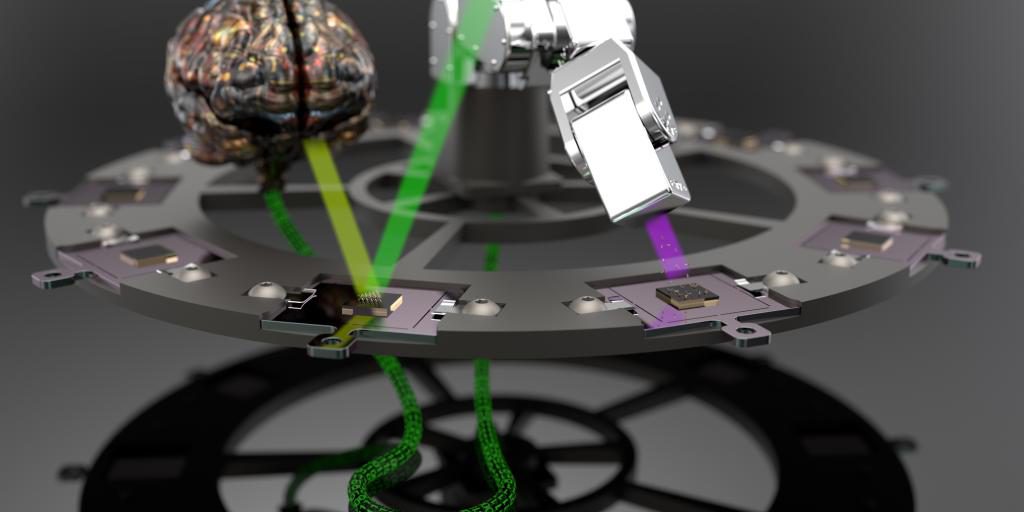Today, researchers are developing ways to accelerate discovery by combining automated experiments, artificial intelligence (AI), and high-performance computing. A novel tool developed at Oak Ridge National Laboratory that leverages those technologies has demonstrated that AI can influence materials synthesis and conduct associated experiments without human supervision.
This autonomous materials synthesis tool uses pulsed laser deposition, or PLD, to deposit a thin layer of substance onto a base material. It then employs AI to analyze how the quality of the newly created material relates to the synthesis conditions, such as temperature, pressure, and energy emitted during the PLD process. The AI suggests a revised set of conditions that may yield improved quality and then controls the PLD equipment to conduct the next experiment.


